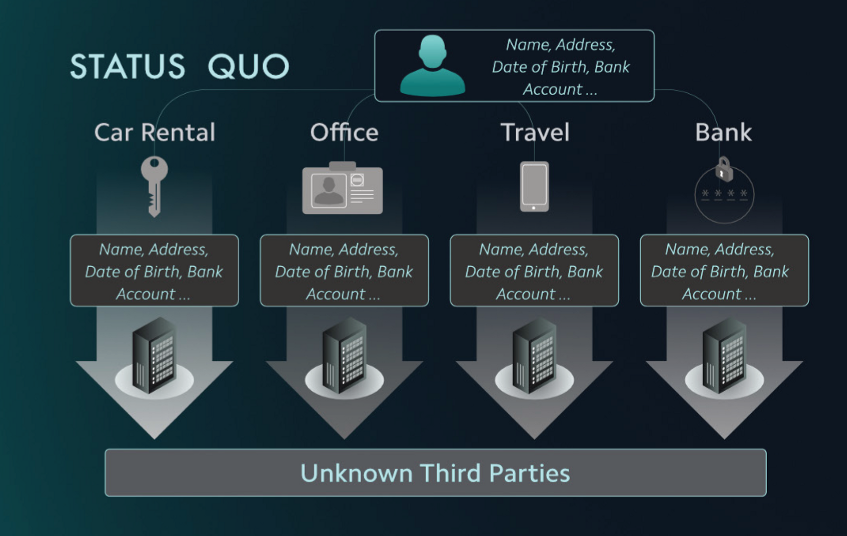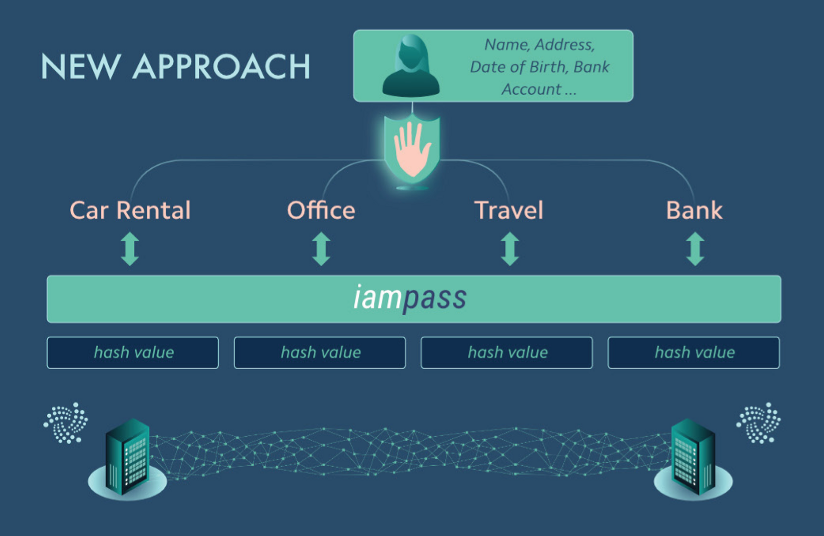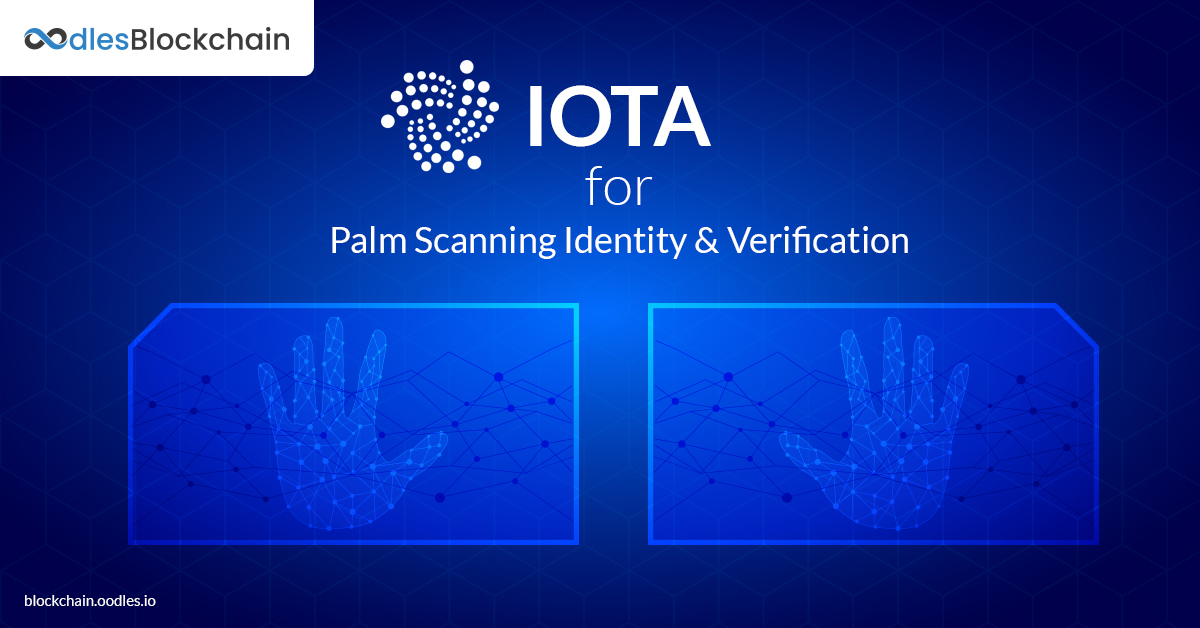-
IOTA is a not-for-profit organization aimed at developing the blockchain and increasing its adoption with the growing Internet of Things (IoT). And thus, it has led to the conception of the slightly different technology from blockchain called IOTA's Tangle. It's a distributed ledger technology (DLT), designed precisely for IoT environments and applications. Although IOTA stands for small amounts, the team behind it is working to develop the components required for entire cities to run within a technological mesh.
Here are some features of the system they're currently working on to develop:
- Uses open-source protocol
- Allows interaction between machines
- Facilitates secure data transfers
- Provides instant and fee-less payments
However, without any human interaction, imagining smart cities would be impossible. So, it will require secure and convenient ways for humans to operate these interconnected pieces of machinery surrounding them.
IOTA Tangle based Power Palm Scanners:
A recent blog published on the website of IOTA revealed that Tangle is getting used to empower a 'new biometric authentication system.' The system will be able to identify a person by reading the patterns of their palm veins. The company that's developing such a system is IAMPASS. It's a Singaporean company managed by a team of technology enthusiasts who are developing decentralized, tangible products that can be used by anyone. Here's a diagram that shows the benefits of IAMPASS's vision. Rather than your personal, sensitive information obtained by a myriad of centralized organizations- who may sell the information to unknown third parties for profit- your information will be safely stored using the Tangle DLT. [caption id="attachment_2548" align="alignnone" width="730"]
 Source: IOTA Blog[/caption] [caption id="attachment_2549" align="alignnone" width="730"]
Source: IOTA Blog[/caption] [caption id="attachment_2549" align="alignnone" width="730"] Source: IOTA Blog[/caption] After your palm veins print got scanned, a unique digital blockchain based identity will get created. Further, you can provide access to your data with parties you want using your palm scanning. The advantages of using this system will also extend to including building access, electric car charging, and high-grade security places like airports by providing an immutable distributed ledger available to be reviewed when required. In the past, biometric technology ( think of fingerprint scanning) has caused to raise inquisitive eyebrows, because nobody gets to know that what the collecting agencies are going to do with fingerprints. For years, we have glanced over as these agencies were centralized, and that has always been the norm. However, gradually, the world is moving toward decentralization. Distributed ledgers are reinventing databases, and thus, palm scanning makes more sense. Not only does distributed ledger technology cause biometric to become more appealing for end-users, but the businesses also could get benefits as the outdated fees charged by the elimination of third-party security services.
Source: IOTA Blog[/caption] After your palm veins print got scanned, a unique digital blockchain based identity will get created. Further, you can provide access to your data with parties you want using your palm scanning. The advantages of using this system will also extend to including building access, electric car charging, and high-grade security places like airports by providing an immutable distributed ledger available to be reviewed when required. In the past, biometric technology ( think of fingerprint scanning) has caused to raise inquisitive eyebrows, because nobody gets to know that what the collecting agencies are going to do with fingerprints. For years, we have glanced over as these agencies were centralized, and that has always been the norm. However, gradually, the world is moving toward decentralization. Distributed ledgers are reinventing databases, and thus, palm scanning makes more sense. Not only does distributed ledger technology cause biometric to become more appealing for end-users, but the businesses also could get benefits as the outdated fees charged by the elimination of third-party security services.IOTA's co-founder Dominik Sciener outlined his excitement that occurred with this partnership in his announcement post:
Secure identity is still one of the persistent unsolved problems today. The tedious processes of identifying, verifying and authenticating have been causing significant tractions for service providers and users worldwide. It is the reason for our excitement. IAMPASS uses Proof of Concept and IOTA's permissionless distributed database to make portable identities.Tangle And, provide users with access and ownership over their data.
He also emphasized that real-world applications like this one are a must if the blockchain technology wants to experience global adoption like the internet. For an organization or industry that requires to manage both machine ID and humans on a mass scale, the fee-less transactions of IOTA's Tangle are necessary.

Our Offices
INDIA
Emaar Digital Greens, Sector 61,
Gurugram, Haryana
122011.
Welldone Tech Park,
Sector 48, Sohna road,
Gurugram, Haryana
122018.














